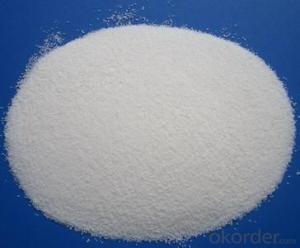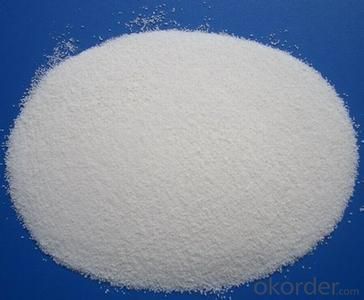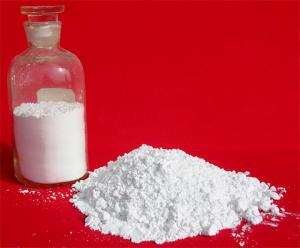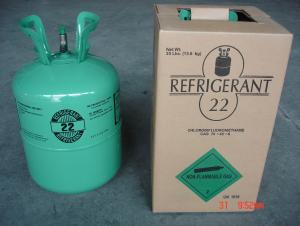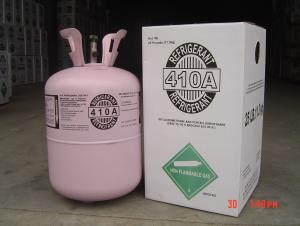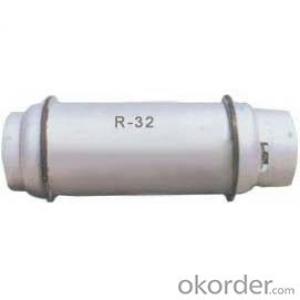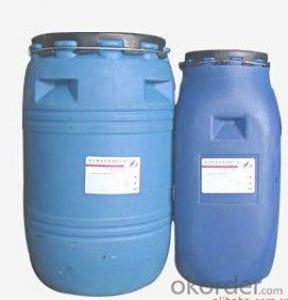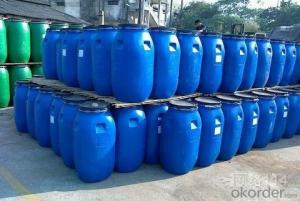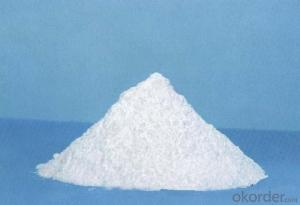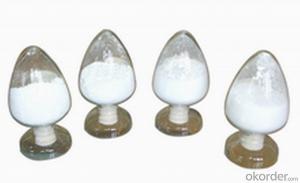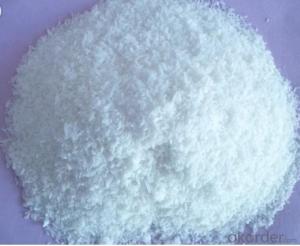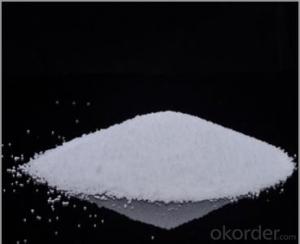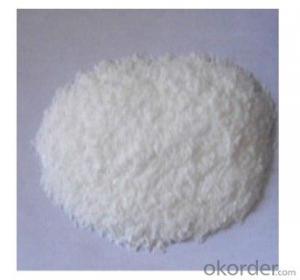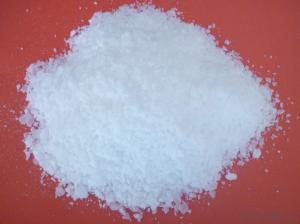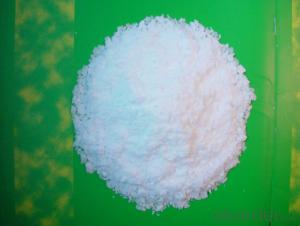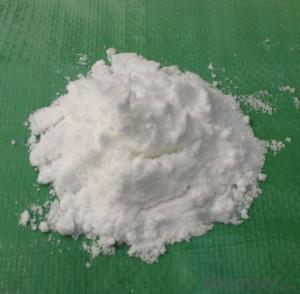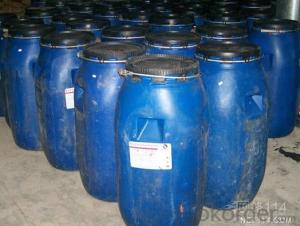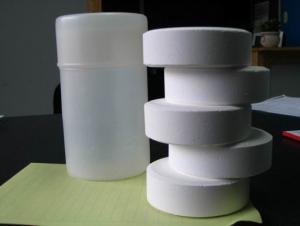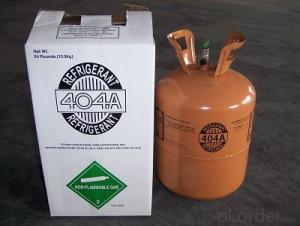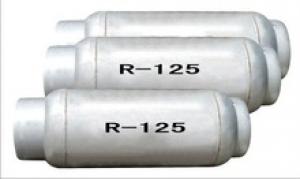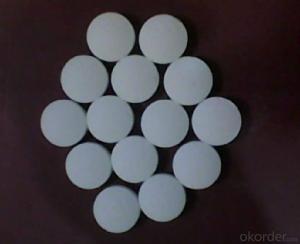Stearic Acid SA1840
- Loading Port:
- Tianjin
- Payment Terms:
- TT OR LC
- Min Order Qty:
- -
- Supply Capability:
- 8000MT/month m.t./month
OKorder Service Pledge
OKorder Financial Service
You Might Also Like
Stearic acid
Formula: C18H36O2
Structural Formula:CH3(CH2)16COOH
Product Description:
Shaped like Lump, flake; Saturated fatty acid mainly with C16 and C18, white flake solid at ambient temperature, not dissolved in water, slightly dissolved in benzene and carbon bisulfide, and easily dissolved in hot alcohol. No smell no poison. It has the general chemical properties of organic carboxylic acid.
Physicochemical Properties:
pure product is white with a shiny soft small pieces, melting point 69.6 degrees, the boiling point of 376.1 degrees. Relative density 0.9408, refractive index 1.4299, slowly volatile in the 90-100 degrees. Slightly soluble in cold water, soluble in alcohol, acetone, soluble in benzene, chloroform, ethyl ether, carbon tetrachloride, carbon disulfide, toluene and so on.
Specification:
Item | Index | |||||
Grade No. | 1842 | 1838 | 1820 | 1860 | 1870 | 1880 |
Iodine value gI2/100g ≤ | ≤5.0 | ≤5.0 | ≤5.0 | ≤6.0 | ≤7.0 | ≤8.0 |
Saponification value mgKOH/g | 206~211 | 206-213 | 214-216 | 193-220 | 193-220 | 192-218 |
Acid value mgKOH/g | 208~210 | 210~211.5 | 214-225 | 182-218 | 192-218 | 193-220 |
Chroma (Hazen) ≤ | ≤60 | ≤80 | ≤100 | 200-400 | ≤150 | 400 |
Freezing point °C | 54~57 | 54~57 | 55~57 | 54 | 52 | 52 |
Moisture % ≤ | ≤0.2 | ≤0.2 | ≤0.2 | ≤0.3 | ≤0.3 | ≤0.3 |
Inorganic acid % ≤ | 0.001 | 0.001 | 0.001 | 0.001 | 0.001 | 0.001 |
Suggest Uses:
Mainly for the production of stearic acid salts: Widely used system for cosmetics, plastic cold-resistant plasticizer, release agent, stabilizer, surfactants, rubber vulcanization accelerator, waterproof agent, polishing agent, metal soap, metal mineral flotation agent, softeners, pharmaceuticals, and other organic chemicals.
In addition, oil-soluble pigments can be used as solvents, crayons transfer slip agent, waxed paper lighting agent, stearic acid glyceride emulsifier, etc..
Packing :25/50kg in PP bag ,25MT/20GP
Product Storage:
in dry warehouse ventilation should be more than 10mm from the ground to avoid damp products in the above-mentioned conditions, from the date of delivery for one year shelf life.


- Q: What are the gaseous states of the oxygen-containing derivatives of the hydrocarbons under the standard conditions?
- Halide only fluoride in normal temperature and pressure may be gaseous;
- Q: China's largest asphalt production base where
- Coal tar pitch is a byproduct of coking, that is, the black material that remains in the distillation kettle after distillation of the tar. It is only fine with the physical properties of refined tar, there is no obvious boundaries, the general division method is to specify the softening point at 26.7 ℃ (cubic method) for the following tar, 26.7 ℃ above the asphalt. Coal tar pitch mainly contains volatile anthracene, phenanthrene, pyrene and so on. These substances are toxic, because the content of these components are different, the nature of coal tar pitch is also different. The change of temperature has great influence on coal tar pitch, which is easy to brittle in winter and easy to soften in summer. Heating with a special smell; heated to 260 ℃ in 5 hours later, it contains anthracene, phenanthrene, pyrene and other ingredients will be volatile.
- Q: What happens to the neutralization reaction?
- The neutralization reaction takes place with the hydrogen and hydroxide groups of the acid and base. The carboxylic acid group contains hydrogen ions to react with the hydroxide.
- Q: Is the plexiglass intermediate?
- Acrylic acid and its ester polymerization of the polymer obtained collectively referred to as acrylic resin, the corresponding plastic collectively referred to as polyacrylic plastic, in which the most widely used polymethyl methacrylate. Poly methyl methacrylate abbreviation for the PMMA , Commonly known as plexiglass, is so far the most transparent synthetic material quality.
- Q: Is the number of hydrogen atoms in the hydrocarbon or hydrocarbon derivative molecule be even
- The number of hydrogen atoms in the hydrocarbons containing carbon, oxygen and oxygen is also even.
- Q: Carboxylic acid and ester can form isomers. What are the conditions?
- The general formula for the carboxylic acid is RCOOH, and the general formula for the carboxylic acid ester is R? COOR? (R? May be a hydrogen atom). If the total number of carbon atoms in the R group in the carboxylic acid is the same as the total number of carbon atoms of the two R groups (R + R?) in the carboxylic acid ester and the total number of R atoms in the carboxylic acid is higher than that of the carboxyl groups R & lt; 1 & gt; R & lt; 2 & gt;), both of which constitute isomers, such as acetic acid and methyl formate, butyric acid and ethyl acetate, phenylacetic acid and methyl benzoate are all isomers.
- Q: Organic intermediates in the synthesis, what is the chemical choice
- The reaction intermediate (or intermediate) is the intermediate product in the chemical reaction. Generally unstable, difficult to separate. It needs to be distinguished from the transition state: the reaction potential map in addition to the reactants and products, all the lowest points that reaction intermediates; transition state is the reaction curve of all the highest point, the specific query drug network, answer please you Adopt, thank you,
- Q: Organic chemistry, carboxylic acid derivatives are not acid?
- Not necessarily
- Q: The nature and use of cellulose derivatives
- The basic rules of esterification and etherification of cellulose In the cellulose molecule, the position of the three hydroxyl groups in the glucose group is different, and the influence of the adjacent substituents and the spatial blocking effect are different. The relative acidity and dissociation of the three hydroxyl groups are: C> C> C When the etherification reaction is carried out in the alkaline medium, the C hydroxyl group first reacts, then the C hydroxyl group, and finally the C primary hydroxyl group. In the acidic medium for esterification reaction, the reaction of the hydroxyl reaction is difficult and etherification reaction in the opposite order. When reacted with a larger amount of substituted reagents, the spatial hindrance has an important effect, and the space hindering the smaller C hydroxyl groups is easier to react than C and C hydroxyl groups.
- Q: How the most primitive life on earth is produced under what conditions
- These macromolecules are not in the modern sense of the protein and nucleic acid polymer, but a variety of amino acids, nucleosides, phosphoric acid, carbohydrates and some other small molecules of the disorder of the polymer, when the nucleoside and phosphoric acid composition of nucleoside Acid, and gradually form a nucleotide chain, the formation of these nucleotide chain of the amino acid on the formation of the field of binding force, and then assembled peptide chain. Or by the combination of a variety of amino acids into peptide chain formed by the force field on the surrounding nucleus formation field binding effect, and then assembled the nucleotide chain, with the formation of peptide chain and nucleotide chain longer and longer , The molecular weight is growing, and ultimately the formation of nucleic acids and proteins, nucleic acid and protein formation is the product of interaction with each other, is generated at the same time.
Send your message to us
Stearic Acid SA1840
- Loading Port:
- Tianjin
- Payment Terms:
- TT OR LC
- Min Order Qty:
- -
- Supply Capability:
- 8000MT/month m.t./month
OKorder Service Pledge
OKorder Financial Service
Similar products
Hot products
Hot Searches
Related keywords
